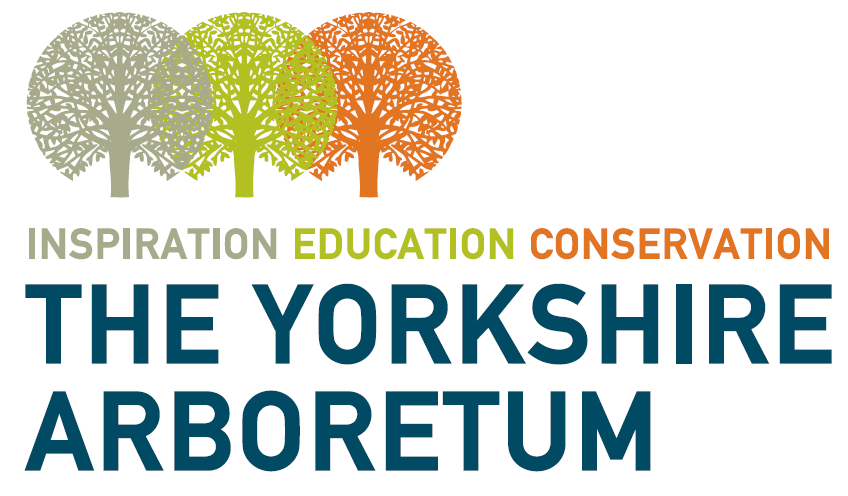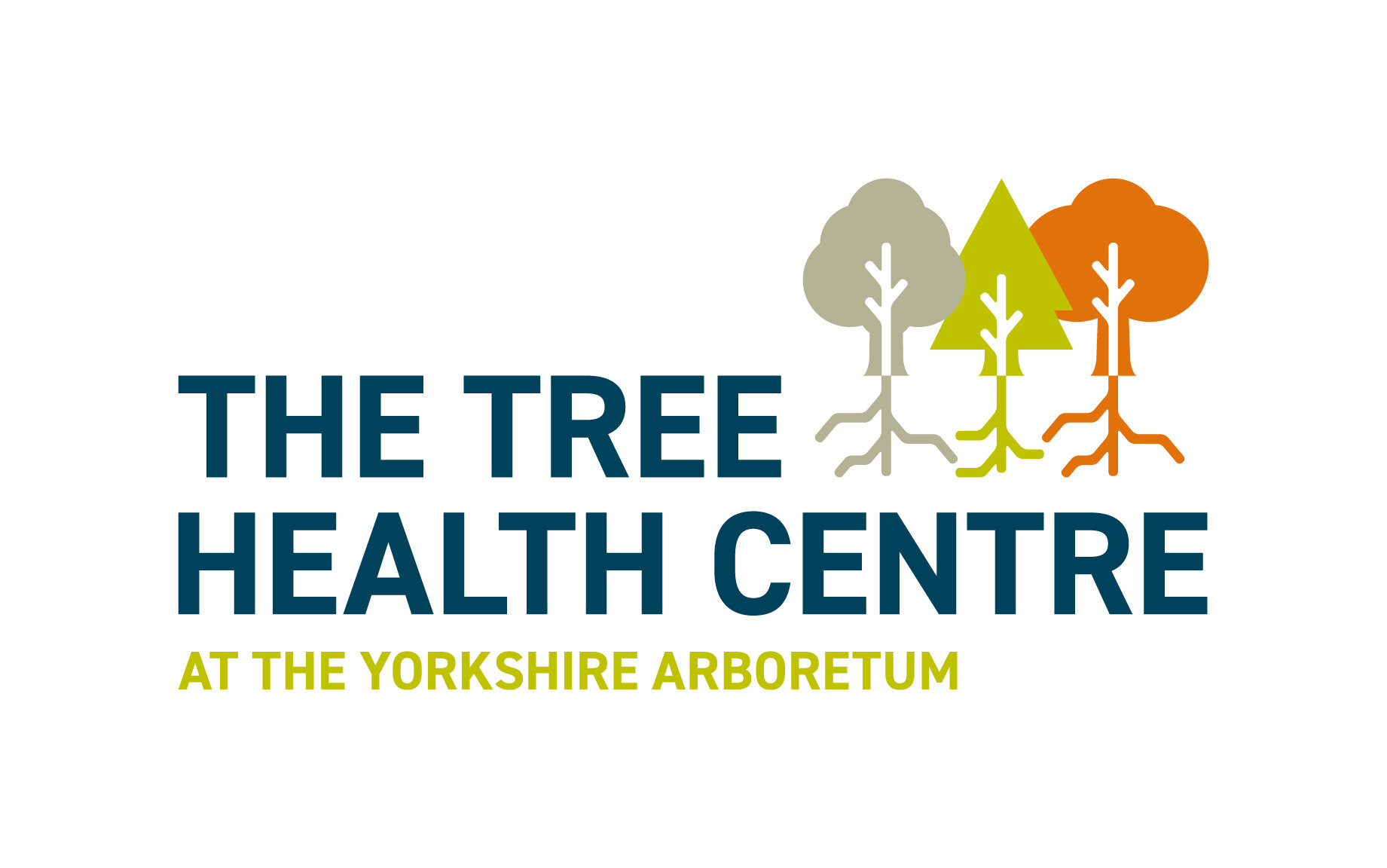£90 including buffet lunch
Why
Tree identification often seems difficult and challenging, and can be an obstacle to fully appreciating these wonderful plants that are so important to our lives. Being able to identify them opens many doors to understanding the natural world and the wealth of cultural and biological stories each species can tell. Advocacy for trees begins with naming!
Aim
This workshop will introduce you to the process of tree identification, based on summer foliage, using a selection of common or native deciduous trees as our starting point. Following a short introduction in the classroom, we will go outside to study them as growing trees in full leaf and fruit, concluding with an identification challenge in an area of native trees.
This class is a stand-alone but also forms part of a three part Introduction to Tree Identification alongside Conifers (28 October) and Trees in Winter (25 November).
Content
Discuss the principles of identification, and the need for names
Learn about the diversity of British native and frequently planted or naturalised broad-leaved trees
Learn some simple characters to look for, and examine a range of specimens in the classroom to become familiar with important features
Observe growing trees in the arboretum to see how details relate to the whole individual
Undertake an identification challenge in a patch of native trees
Outcomes
By the end of the workshop, you will be able to:
Confidently recognise a range of our common native broad-leaved trees
Find your way around a guidebook to trees
Understand and apply principles of identification to woodland trees
Share why it’s useful to be able to distinguish between trees
Interpret your local treescape and connect to individual trees
Useful accessories: Collins Tree Guide (Owen Johnson, 2006), 10× hand lens



